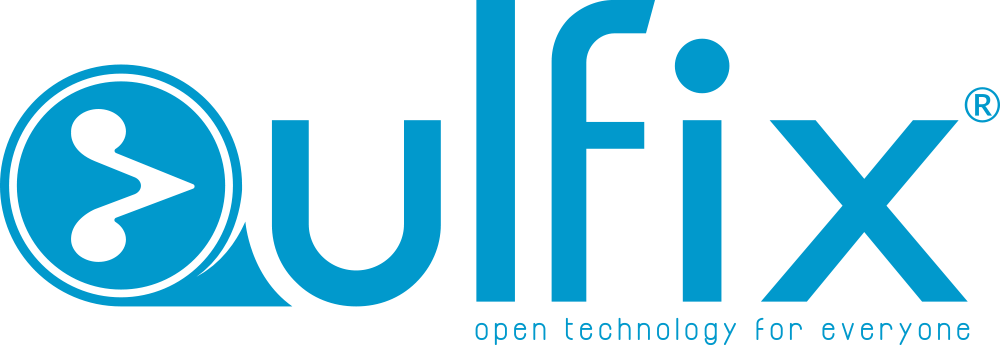Accelerate Your Technology Organization: Key Insights from “Accelerate” by Nicole Forsgren, Jez Humble, and Gene Kim
In today’s fast-paced digital landscape, technology organizations must continuously evolve to stay competitive. Whether you’re in finance, retail, telecommunications, or even government, the pressure to deliver software rapidly and reliably has never been greater. That’s where “Accelerate: Building and Scaling High Performing Technology Organizations” comes in. Authored by Nicole Forsgren, Jez Humble, and Gene Kim, this book offers research-backed insights into how technology leaders can drive superior business outcomes through effective software delivery.
The Importance of Software Delivery
At the heart of “Accelerate” is a simple but powerful truth: the ability to deliver software quickly and reliably is crucial to business success. High-performing organizations that excel in software delivery are better positioned to increase profitability, boost productivity, and enhance customer satisfaction. This isn’t just about speeding up processes—it’s about building a resilient and agile organization that can respond to market changes and customer needs with precision and confidence.
A Research-Driven Approach
What sets “Accelerate” apart is its foundation in rigorous research. Over four years, the authors gathered more than 23,000 survey responses from technology professionals across the globe. This extensive research enabled them to identify the capabilities that truly drive high performance in software delivery. Their findings are not based on anecdotes or isolated case studies but on data-driven analysis that reveals what works and what doesn’t in the real world.
The 24 Key Capabilities
The book identifies 24 key capabilities that are essential for driving improvement in software delivery performance. These capabilities are grouped into five categories:
- Continuous Delivery Capabilities: Practices such as version control, deployment automation, continuous integration, and test automation are crucial. By mastering these, organizations can achieve faster lead times and more reliable deployments.
- Architecture Capabilities: A loosely coupled architecture and empowered teams are vital for enabling agility and scalability in software delivery.
- Product and Process Capabilities: Focusing on customer feedback, working in small batches, and encouraging team experimentation are key to delivering products that meet market demands.
- Lean Management and Monitoring Capabilities: Effective change approval processes, proactive monitoring, and visualizing work are essential for managing workflows and ensuring continuous improvement.
- Cultural Capabilities: A strong organizational culture that supports learning, collaboration among teams, job satisfaction, and transformational leadership is foundational to sustaining high performance.
Capabilities Over Maturity Models
One of the most impactful insights from “Accelerate” is the emphasis on focusing on capabilities rather than maturity models. Traditional maturity models often suggest a linear progression towards a “mature” state, which can lead to complacency. In contrast, a capabilities-based approach encourages continuous improvement and adaptation, recognizing that the technology landscape is ever-changing. High-performing organizations never settle; they constantly seek to refine their capabilities to stay ahead of the curve.
The Role of Transformational Leadership
Leadership plays a critical role in driving technology transformations. The book highlights the importance of transformational leadership in fostering a culture of continuous improvement. Leaders who are committed to supporting their teams, providing the necessary resources, and modeling the desired behaviors are essential to the success of any technology transformation initiative.
The Value of Adopting DevOps
“Accelerate” makes a compelling case for the adoption of DevOps practices. The research shows that organizations implementing DevOps see significant improvements in their software delivery performance. High performers, for example, deploy code 46 times more frequently and have 440 times faster lead times from commit to deploy compared to low performers. These organizations also experience 5 times lower change failure rates and recover from downtime 170 times faster.
Practical Guidance for Implementation
Beyond identifying the key capabilities, “Accelerate” provides practical guidance on how to implement these strategies within your organization. Whether you’re just starting your technology transformation or looking to refine existing practices, the book offers actionable insights that can help you accelerate your journey towards high performance.
Conclusion
“Accelerate” is an essential read for anyone involved in digital transformation or software delivery. It’s not just about understanding the practices that drive success; it’s about applying them in a way that continuously improves your organization’s performance. In a world where the ability to deliver software rapidly and reliably can make or break a business, the insights from this book are invaluable.
As technology leaders, we must focus on building and scaling our organizations to meet the demands of the future. By mastering the capabilities outlined in “Accelerate,” we can create teams that are not only high-performing but also resilient, adaptable, and ready to tackle the challenges of tomorrow.
What are your thoughts on the capabilities that drive high performance in technology organizations? Have you implemented any of the practices from “Accelerate” in your own teams?

